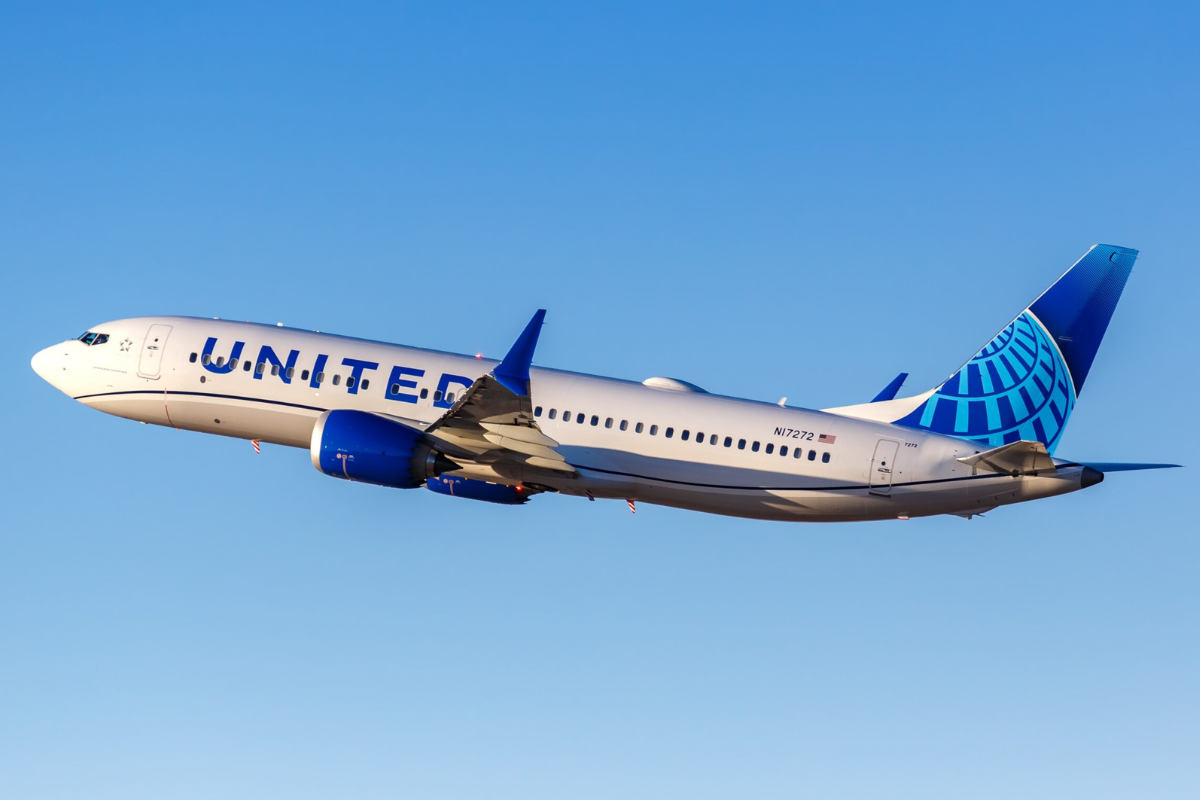
Two passengers were injured during a United Airlines flight from Newark to San Francisco on Thursday after the pilots received an emergency mid-air collision alert, the Federal Aviation Administration (FAA) has reported.
According to the Aviation Herald, one of the passengers suffered serious injuries as a result of an emergency maneuver to ‘resolve’ the alert.
The FAA reported that the pilots of United Airlines flight UA2428 on September 19 responded to a so-called TCAS alert which resulted in two passengers being injured.
TCAS stands for ‘Traffic Alert and Collision Avoidance System’ (TCAS), although internationally, it is also sometimes known as the Airborne Collision Avoidance System (ACAS).
The National Business Aviation Association describes TCAS as “a last defense against mid-air collisions” by alerting flight crew to nearby aircraft.
TCAS functions independently of ground-based alert systems and the more advanced system, known as TCAS II provides both traffic advisories and resolution advisories.
In the case of United flight 2428, the pilots received a resolution advisory which also provides ‘recommended escape maneuver in the vertical dimension’ to avoid a collision.
TCAS is mandated on all commercial aircraft in the United States with more than 30 seats.
Early reports suggest that the Boeing 757 received the TCAS alert as it was flying at around 38,000 feet over Wyoming. The FAA did not provide any further details, and there is no information about the other aircraft involved.
United Airlines is currently subject to a safety probe by the Federal Aviation Administration (FAA) following a spate of embarrassing accidents and mishaps that forced the Chicago-based carrier to “pause a variety of certification activities for a period of time.”
The slew of accidents earlier this year led to United being forced to delay its annual investor day as it focused on the FAA safety review
In a statement, a spokesperson for United Airlines told us: “United flight 2428 was descending to SFO on Sept. 19 with the seatbelt sign on when it slowed its descent to account for another aircraft at a lower altitude.”
“Two customers, including one who was out of their seat at the time, reported possible injuries and were transported to a hospital. We’re grateful to our crew for their efforts to ensure the safety of our employees and customers.”
Mateusz Maszczynski honed his skills as an international flight attendant at the most prominent airline in the Middle East and has been flying ever since... most recently for a well known European airline. Matt is passionate about the aviation industry and has become an expert in passenger experience and human-centric stories. Always keeping an ear close to the ground, Matt's industry insights, analysis and news coverage is frequently relied upon by some of the biggest names in journalism.








If they followed the TCAS alert then they did exactly what they are supposed to do. It is too bad that some passengers were injured but it is much better than a mid-air collision. This is not UALs fault.
Responding to a TCAS alert is what the pilots are suppsed to do to avoid a mid-air collision. Why on earth would you make a connection between that and other safety issues, other than do extend the eyeballs on screen time to increase ad revenue?
To my knowledge, airlines specifically say that passengers should wear their seatbelts when seated “in case of unexpected turbulence”. Years ago, a DHL (I think) cargo plane and another aircraft received a resolution (collision) alert on their respective TCAS. One aircraft ignored the TCAS instructions and…everyone on both aircraft died. My company’s policy is…FOLLOW THE RESOLUTION ALERT! If this is what UAL did (and the CVR & FDR will corroborate), then the airline followed procedures. Even if loosely fastened, WEAR THE SEATBELT PEOPLE! If the people are up and about, well that’s another issue but beats the hell out of a collision!